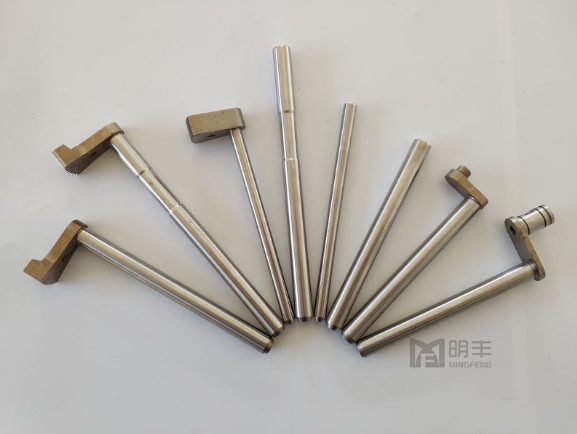Jul. 30, 2019 | 10:50:24
First of all, 3D printing is an additive technology. CNC machining is a material reduction technique, so they are very different in terms of materials. CNC Machining Parts Supplier will tell you in detail.
1. Differences in materials
3D printed materials are mainly liquid resin (SLA), nylon powder (SLS), metal powder (SLM), the gypsum powder (full-color printing), sandstone powder (full-color printing), wire (DFM), sheet (LOM) and many more. Liquid resins, nylon powders, and metal powders account for the vast majority of industrial 3D printing.
The materials used for CNC machining are all one piece of sheet metal, which is a plate-shaped material. By measuring the length, width, height, and wear of the parts, the corresponding size of the sheet is cut for processing. CNC machining materials are more choices than 3D printing. General hardware and plastic sheets can be CNC machined, and the density of molded parts is better than 3D printing.
2. Differences in parts due to the molding principle
As we mentioned earlier, 3D printing is a kind of additive manufacturing. Its principle is to cut the model into N layers/N multi-points and then pile up one by one/ little by little in order, just like building blocks. same. Therefore, 3D printing can efficiently process parts with complex structures, such as hollowed-out parts, while CNC is difficult to process hollow parts.
CNC machining is a reduced-material manufacturing process that cuts out the required parts according to the programmed toolpath through various tools that run at high speed. Therefore, CNC machining can only produce rounded corners with a certain degree of curvature, and can not directly process the inner right angle, which is achieved by processes such as wire cutting/sparking. External right angle CNC machining is no problem. Therefore, parts with inner right angles can be considered for 3D printing.
There is also a surface. If the surface area of the part is relatively large, it is recommended to select 3D printing. CNC machining and machining of the surface is time-consuming, and if the programming and the operator experience are not enough, it is easy to leave obvious lines on the parts.

3. Differences in operating software
Most of the 3D printed slicing software is easy to operate, even if the layman can master the slicing software in the next two days of professional guidance. Because the slicing software is currently optimized to be very simple, support can be generated automatically, which is why 3D printing can be popularized to individual users.
CNC programming software is much more complicated and requires professionals to operate. Zero-based people usually have to study for about half a year. In addition, a CNC operator is required to operate the CNC machine.
Because programming is very complicated, a part can have a variety of CNC machining solutions, and 3D printing is relatively objective because of the small amount of processing time consumables placed.
4. Differences in post-processing
There are not many post-processing options for 3D printed parts, which are generally polished, sprayed, deburred, dyed, etc.
CNC machined parts have a variety of post-processing options, in addition to grinding, fuel injection, deburring, as well as electroplating, silkscreen, pad printing, metal oxidation, laser engraving, sandblasting and so on.
There is successive news, and the industry has specialized. CNC machining and 3D printing each have their own advantages and disadvantages. Choosing the right process will have a crucial impact on your project.
Our company specializes in Lathe Precision Machining Parts, if you need it, please feel free to contact us.